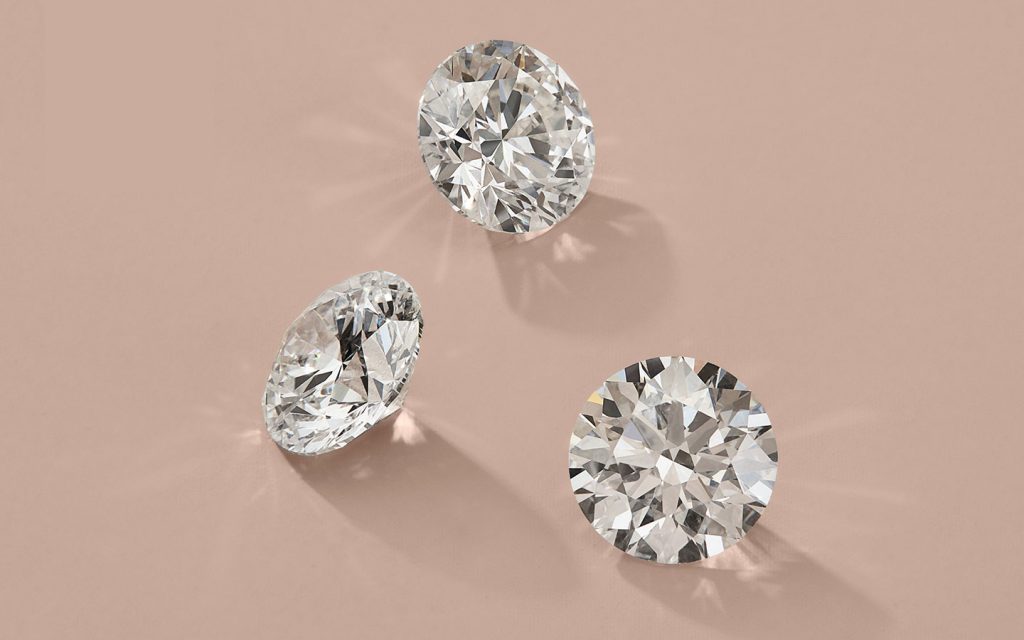In the realm of lab-grown diamonds, two prominent names often surface in discussions – the International Gemological Institute (IGI) and the Gemological Institute of America (GIA). As consumers navigate the landscape of lab-grown diamonds, understanding the distinctions between these two certification entities becomes crucial. In this comprehensive guide, we explore the nuances of igi vs gia lab grown diamonds, shedding light on their respective processes, standards, and implications for consumers.
Unveiling the Certification Process:
IGI (International Gemological Institute):
IGI, founded in Antwerp, Belgium, has established itself as a leading authority in gemological certification. The institute employs a rigorous evaluation process to assess the quality and authenticity of lab-grown diamonds. Their comprehensive grading criteria encompass the 4Cs – Cut, Clarity, Color, and Carat weight – providing consumers with detailed insights into each diamond’s characteristics.
GIA (Gemological Institute of America):
GIA, renowned worldwide for its expertise in gemology, follows a meticulous certification protocol for lab-grown diamonds. Their team of gemologists employs state-of-the-art technology and scientific analysis to evaluate each diamond’s attributes accurately. GIA’s grading reports are highly regarded in the industry for their thoroughness and reliability, offering consumers confidence in their purchasing decisions.
Differentiating Factors: IGI vs GIA Lab Grown Diamonds
1. Grading Standards:
IGI and GIA adhere to stringent grading standards; however, nuances may exist in their evaluation methodologies. igi vs gia lab grown, While both institutes assess the 4Cs, variations in grading criteria may lead to slight differences in the assigned grades. It is essential for consumers to review grading reports carefully to understand the specific attributes of each diamond.
2. Reputation and Recognition:
GIA, with its long-standing reputation and global recognition, holds significant sway in the diamond industry. Many consumers and industry professionals place great trust in GIA’s grading reports, considering them the gold standard for diamond certification. On the other hand, IGI, while respected, may not carry the same level of prestige as GIA in certain markets.
3. Pricing and Affordability:
In terms of pricing, lab-grown diamonds certified by IGI and GIA may vary slightly. While GIA-certified diamonds often command higher prices due to the institute’s reputation, IGI-certified diamonds may offer a more budget-friendly option without compromising quality. Ultimately, the choice between IGI and GIA certification depends on individual preferences and budget considerations.
4. Transparency and Disclosure:
Both IGI and GIA prioritize transparency and disclosure in their grading reports, providing consumers with essential information about each diamond’s origin, characteristics, and treatments. However, consumers should verify the authenticity of the certification and inquire about any additional disclosures regarding the diamond’s provenance and history.
Making Informed Decisions:
When it comes to selecting between IGI and GIA lab-grown diamonds, consumers are encouraged to conduct thorough research and consider their priorities. Factors such as reputation, pricing, and personal preferences play a pivotal role in the decision-making process. Whether opting for an IGI or GIA-certified diamond, ensuring authenticity and quality remains paramount.
Conclusion:
In the dynamic landscape of lab grown diamonds, the choice between IGI and GIA certification can significantly influence consumers’ purchasing decisions. While both institutes uphold rigorous standards of quality and authenticity, nuances exist in their grading processes and industry recognition. By understanding the differences between IGI and GIA lab-grown diamonds, consumers can make informed choices that align with their preferences and values.

